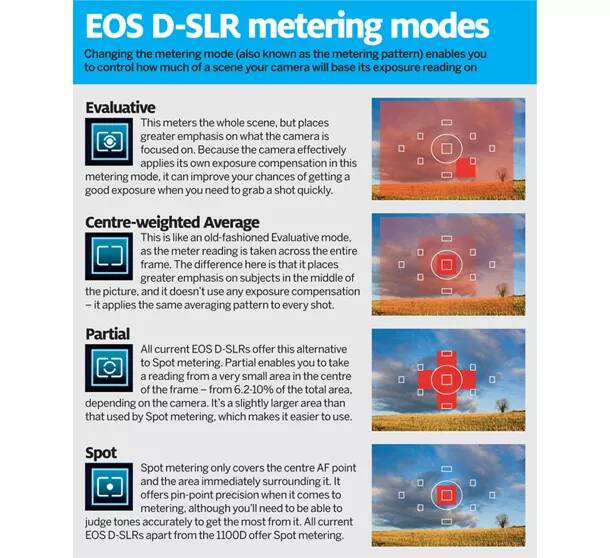I’ve just discovered this topic thanks to a Q&A question.
I don’t believe I have a solve for your question, but related to it, here are 2 topics directly related to this you might want to check out to see if you agree with:
[BUG/FEATURE] Implement a metering system better suited for VR
The first one in particular is exactly one of the reasons cockpits can be too dark and the external view too bright. If you were shooting these highly contrasted cockpit scenes IRL with a camera, you’ll end up having to choose what you’re exposing the overall picture with. It is no different, except with a typical Reflex camera you can choose spot metering (center only), weighted average (a convolution over a pre-determined set of points), and even more sophisticated algorithms can now sample hundreds of points and use IA to decide.
Here is an example of different metering modes in a modern camera:

With FS2020, like with any other game, the metering is most likely averaging out the entire render frame in order to set the “gray” point. In such very difficult scenes where there are strong contrasted zones, the algorithm has to draw a line (so to speak) and in this case, the average is not always the best for a cockpit. It is a simple way to do this (averaging the entire frame) and it is working good usually when you’re in an open space shooter for example (entering/leaving buildings etc…), but it is not suited for cockpit views in my opinion, like it is demonstrated in this topic and many others.
A nice page with photo examples to see it all:
https://www.digital-photo-secrets.com/tip/2879/which-is-best-spot-center-weight-or-matrix-metering/
NB: even if these are listed in the VR sub-forum because this is where users have the least control over any form of post-processing or calibration (unlike in 3D with the limited yet available adjustment options via direct monitor calibration and post-processing effects like ReShade), the two topics I’ve listed above are equally suited and needed for 3D as well. I believe if MSFT is deciding to implement these in any case, it wouldn’t make any sense to limit this to VR only anyhow, and it won’t because it is purely pixel Shader code related equally applicable for both.